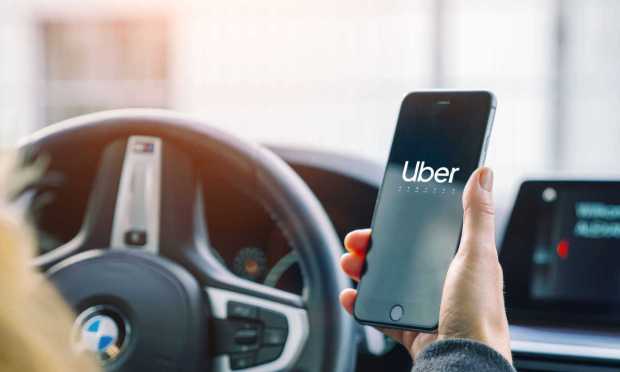Uber’s Ability to Cross-Sell and Hire New Drivers Will Be Key Q3 Test

Beyond the rebound in revenues, beyond the bounce back in Uber’s core ride-hailing business, we’ll get a sense of just extensible the platform model really is when the company reports earnings before the market opens on Tuesday (Nov. 1).
Last quarter showed a 33% surge in gross bookings, and there’s no reason to suspect that the we won’t see continued mobility (pun intended) in the mobility sector. Economies are, after all, reopening; people are continuing to spend on travel, for leisure and for work.
Last quarter saw a 12% growth in the gross bookings for the delivery segment which in turn spurred a 43% gain in that unit to $2.7 billion. Uber Freight’s revenue, at $1.8 billion, is not comparable on a year-over-year basis (as the company did not have its Transplace acquisition in place last year), but were stable quarter on quarter.
Stability and Cross-Selling
Stability, at least in this macro environment, is key for the cross-pollination that has been a hallmark for the company in the past several quarters. As CEO Dara Khosrowshahi said on the second-quarter conference call, “what we have with Uber is we first bring in customers, and of course, we’ve got the greatest front end in terms of both rides and Eats. So we can bring on more new customers than other monoline platforms. We then cross-sell customers. And then once we cross-sell customers, we move them into membership as well.”
Later in the call, he noted that “if you ride with us, if you eat with us, if you drink with us, if you order groceries with us, we just become an everyday part of your life.”
Uber is targeting a cross-pollination strategy for the drivers too.
In evidence of the continued shift to the gig economy, the CEO noted on the call that new driver signups were up 76% year on year, and 70% of new drivers signing up on the platform are doing so to garner income to offset inflation impacts. There’s no doubt that the recent news surrounding how employees are classified (and what that would do to the company’s operating structure) will come up. For the gig workers themselves, the changes might be significant (in terms of the benefits they would receive). In the past, PYMNTS has estimated that more than a third of gig workers were non-seasonal; and even before the pandemic, as many as 16% of gig workers were living paycheck to paycheck. And through it all, speed of payments remains top of mind: research by PYMNTS and Onbe shows that a full 73% of independent contractors are prepared to leave their current freelancer marketplaces for better payments experiences, according to “Expanding Payments Choice,” a recent report.
Tracy Monson, chief product officer at Onbe, told PYMNTS that “25% of freelancers said same day pay is a top factor when they look at engagements or contracts available to them.”
Uber management has said on the latest earnings call that the firm has been able to improve the onboarding process where it has been able to bring on new drivers for Eats first, and then move them over to mobility, and there’s increased traction in the Uber Pro loyalty program.
Earlier this month, the company said that it would deliver new rewards and faster payments to its drivers and couriers through a partnership with card-issuing platform Marqeta, along with global payments firm Mastercard and workforce payments platform Branch. Among the rewards: 10% cash back on gas and 12% on electric vehicle charging.
